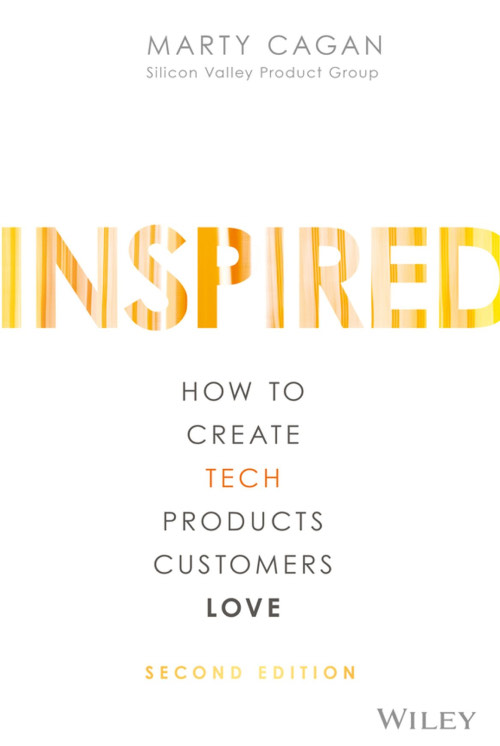Last month I read this book: Inspired - How to Create Tech Products Customers Love, by Marty Cagan. Before reading it, I thought this book was a collection of product case studies. But it’s not. This book writes about the principles, processes and techniques needed for creating a successful tech product. I find it to be a pragmatic guide, and it can be more useful to people who already have some experience in designing and developing products in the tech world. This will be a book that I keep with me and read again.

The book contains four parts. Part 1 is a strong opening, in this part the author discussed the key concepts that form the foundation of modern product work, the core principles that behind great products, and possible causes of the failed product efforts. Part 2 are sections on product teams, different roles that a successful product team needs, and how each role should work in order to lead to product success. Part 3 are sections on principles and techniques of product roadmaps, product vision, and objectives. I find this part especially valuable. Part 4 describes the right process from product discovery to delivery. In the last part, the author shared his view on the right culture that great products rely on.
Here I’ll jog down five notes covering a few topics discussed in this book.
One
-
Behind every great product there is someone - usually someone behind the scenes, working tirelessly - who led the product team to combine technology and design to solve real customer problems in a way that met the needs of the business.
-
In a startup, the product manager role is usually covered by one of the co-founders. Typically, there are fewer than 25 engineers, covering a range of from one product team up to maybe four or five.
Two
Two inconvenient truths about product:
- The first truth is that at least half of our ideas are just not going to work. At least half the ideas on your roadmap are not going to deliver what you hope.
- The second inconvenient truth is that even with the ideas that do prove to have potential, it typically takes several iterations to get the implementation of this idea to the point where it delivers the necessary business value. We call that time to money.
One of the most important things about product that I’ve learned is that there is simply no escaping these inconvenient truths, no matter how smart you might be.
Three
Three overarching principles at work:
- Risks are tackled up front, rather than at the end. In modern teams, we tackle these risks prior to deciding to build anything.
- Products are defined and designed collaboratively, rather than sequentially. In strong teams, product, design, and engineering work side by side, in a give-and-take way, to come up with technology-powered solutions that our customers love and that work for our business.
- Finally, it’s all about solving problems, not implementing features. Conventional product roadmaps are all about output. Strong teams know it’s not only about implementing a solution. They must ensure that solution solves the underlying problem. It’s about business results.
Four
The purpose of product discovery is to address these four critical risks:
- Will the customer buy this, or choose to use it? (Value risk)
- Can the user figure out how to use it? (Usability risk)
- Can we build it? (Feasibility risk)
- Does this solution work for our business? (Business viability risk)
- Whether this solution also works for the various aspects of our business – sales, marketing, finance, legal, etc.
Five
Good product strategies have these five principles in common:
- Focus on one target market persona at a time.
- Product strategy needs to be aligned with business strategy.
- Product strategy needs to be aligned with sales and go-to-market strategy.
- Obsess over customers, not over competitors.
- Communicate the strategy across the organization.